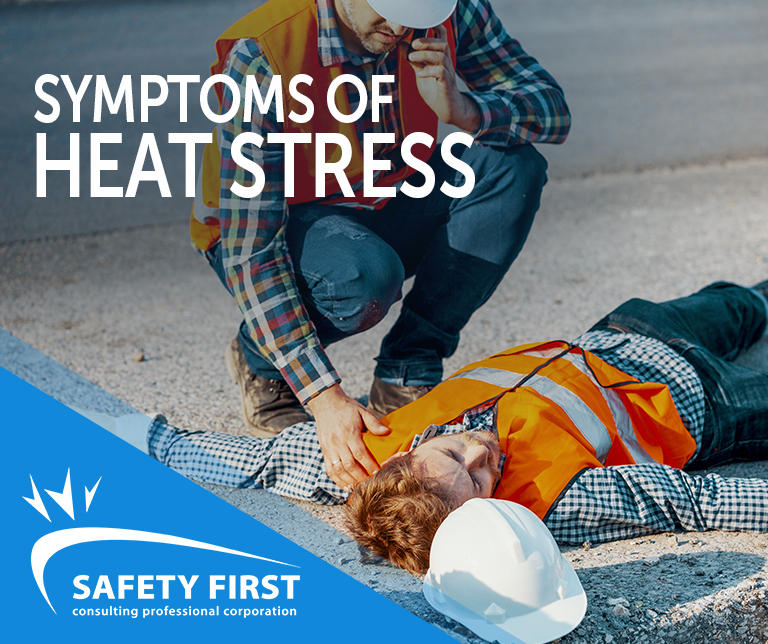
Heat Stress
Working in extreme weather conditions, such as extreme heat, can pose a risk to a worker’s health in the workplace. If a worker is unable to cool off faster than their natural bodies can, there is a risk of occupational heat stress.
Combination of the heat, humidity, and physical labor outdoors are a few factors that play a role in worker’s risk to injury and illness. Firefighters, bakers, construction workers, and other jobs that require workers to be outdoors for extended periods of time are more likely to suffer from a heat-related injury than those working in offices during their typical 9-5 hours. For that reason, it is important to mitigate many of the risks associated with those working in extreme heat and protect workers before it leads to heat stress.

Symptoms of Heat Stress
Though the symptoms may vary between workers, common symptoms of heat-related illness include, but are not limited to, the following:
- Headaches
- Exhaustion
- Fatigue
- Nausea or vomiting
- Feeling weak and lightheaded
How to Protect Workers
Being proactive in identifying and preventing potential heat-related injuries is the first step in ensuring a worker’s safety in the workplace.
- Elimination or Substitution of Heat
If possible, work that can be completed indoors during hot weather months shall not be completed outdoors. Unfortunately, in many cases, that is not possible, and workers must endure extreme weather conditions for most of their careers. Most of the time, many construction workers or fire fighters must be outside for many hours a day, so elimination of heat is not feasible. However, with the right tips and resources, workers working under extreme heat conditions can reduce their risk of heat stress, even being outdoors for extended periods of time.
- Personal Protective Equipment
First and foremost, workers shall always wear the proper Personal Protective Equipment (PPE). Whether it means having the proper work shoes, or more breathable clothing, workers can alleviate some of the risks of heat stress by dressing appropriately for both their jobs and the weather. Avoiding heavy or unbreathable materials, such as polyester or nylon, can help reduce a worker’s natural body heat retention.
Instead, workers should opt for materials such as cotton, which is often more breathable and lightweight than synthetic fibers. Wearing light, loose clothing allows sweat to evaporate. Workers shall also try to wear light-colored garments which absorb less heat from the sun.
- Change in Manufacturing
By implementing engineering designs in the workplace, such as proper ventilation systems, workers can feel more comfortable while working in extreme heat. For example, installation of industrial-level cooling fans in a bakery can mitigate the risk of heat-related illnesses.
Treatment
In the event of an emergency where you or your co-worker(s) are showing symptoms of heat stroke, you need to act fast. Following the Emergency Response Plan (ERP) on-site and/or contacting the local emergency number and getting the worker to a hospital are some of the emergency protocols you should follow to prevent further illness.

